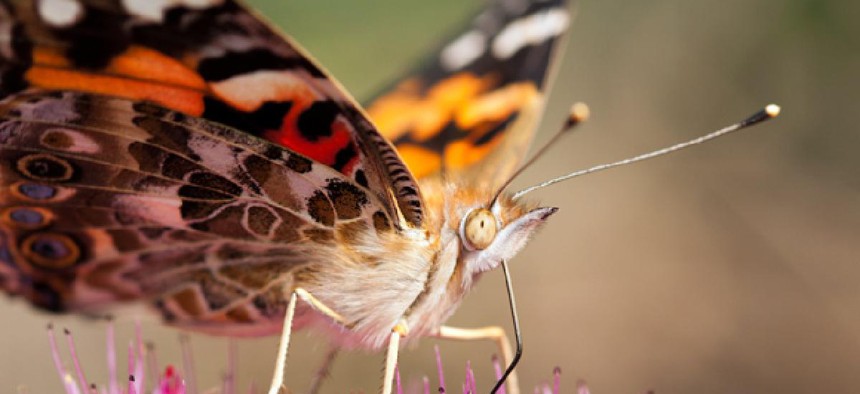Good for science, bad for your nightmares: Moths that drive robots

jctabb/Shutterstock.com
The next generation of robots may work like moths to a pheromone.
A group of silkworm moths, coached by researchers at the University of Tokyo, just took a driving test. Instead of their moms' old minivans, however, they were given another machine: a robot.
The idea of all this wasn't so much to test the robomoths' driving capabilities -- moths are notoriously aggressive drivers, after all, and their tendency to leave their turn signals on for miles on end is well-documented -- but rather to test the creatures' ingrained tracking behaviors. The idea from there was to (potentially) apply those natural impulses to man-made robots. Moths track smells effortlessly; for a robot, though, that kind of impulse is difficult to engineer. But an autonomous device that is capable of sensing smells and then tracking them to their sources -- say, to identify environmental spills and leaks -- could prove hugely valuable.
So researchers made a makeshift robot with a styrofoam ball that functions, effectively, like a trackball mouse. They then attached moths to the device (this was, for the moths, the ostensibly the worst part of the test), converting the robot into a comically large entomological exoskeleton.
The moths were then let loose.
Their destination? Lady moths. Or, in this case, a female sex pheromone that acted as a fairly cruel simulation of an actual lady moth -- a smell whose source was located at the opposite end of a simple obstacle course. As the moth walked toward the pheromone, the foam ball rolled accordingly, and sensors -- attached to the robot's drive motors -- fired off signals according to those movements.
(Image via jctabb/Shutterstock.com)
NEXT STORY: White House plans to release We the People 2.0





